For centuries people have used plants for medicinal uses to treat common ailments such as the common cold, flu, minor cuts and infections, anxiety, digestive issues, immune system issues, blood pressure regulation, and more. Many of these plants are commonly found in the garden, such as yarrow, mint, echinacea and lemon balm.
If you have ever wanted to grow your own medicinal herb garden but felt it was too difficult, we assure you these 4 plants are easy to grow.
First, we must note, you should keep your medicinal herb garden organic to reduce the risk of pesticide poisoning. That means pests should be treated with the lowest risk methods, such as a heavy blast of water, physical removal or lower risk, organic pesticides. Always follow the label on all products that you use on any part of the plant you plant to consume. If using transplants from the store, wait at least two weeks before harvesting to ensure any existing pesticides are no longer present.
Second, please check with your medical professional before using any herb as a medicine alternative. Also, some medicinal herbs have negative interactions with common medications. Please do your research or talk with a medical professional if you are taking any medications or are pregnant.
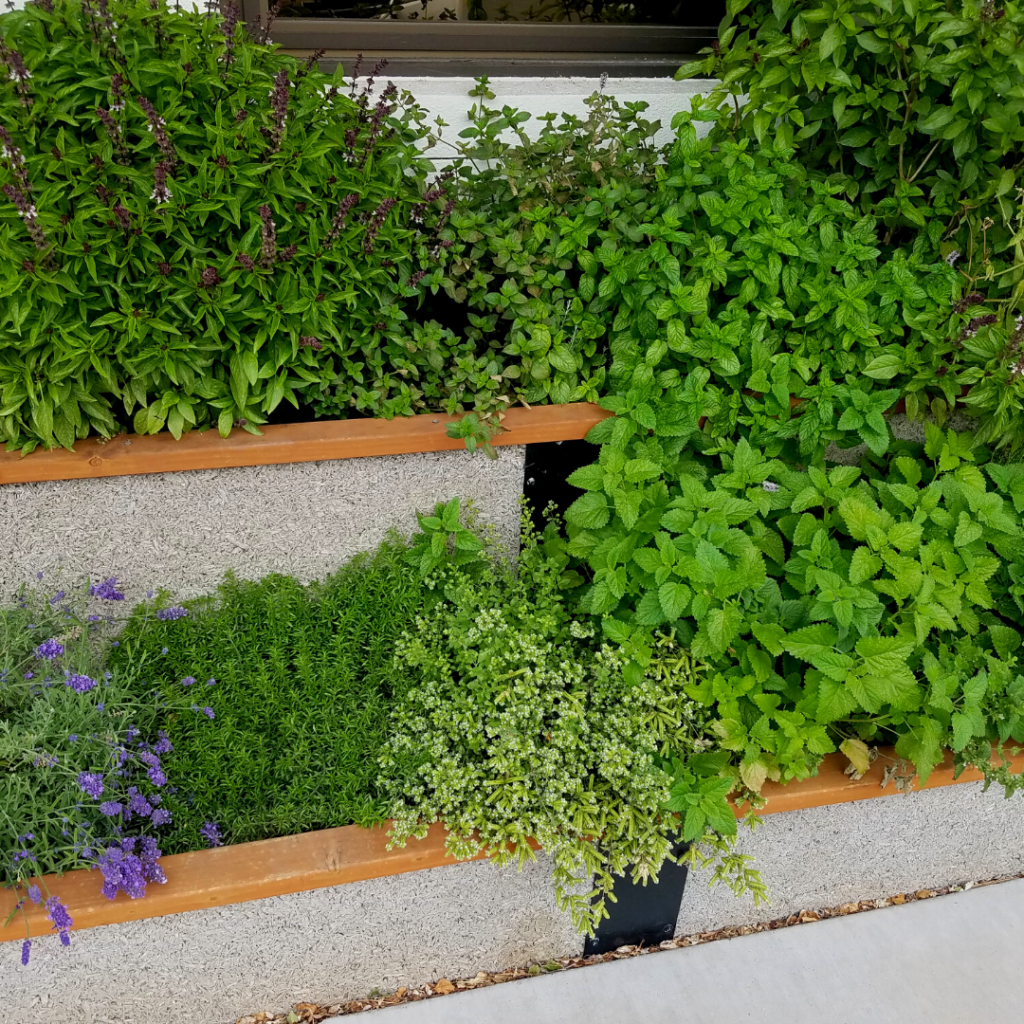
To begin your medicinal herb garden, we recommend dedicating an area of your garden or group of pots for medicinal purposes. This will reduce contamination and lower the risk of pesticide poisoning. Pots may be the best option so that your medicinal plants stay in place. Some herbs, including most mints, can be invasive. If using any mint, keep it in a pot of planter dedicated to mint, so it doesn’t spread to areas you do not want it.
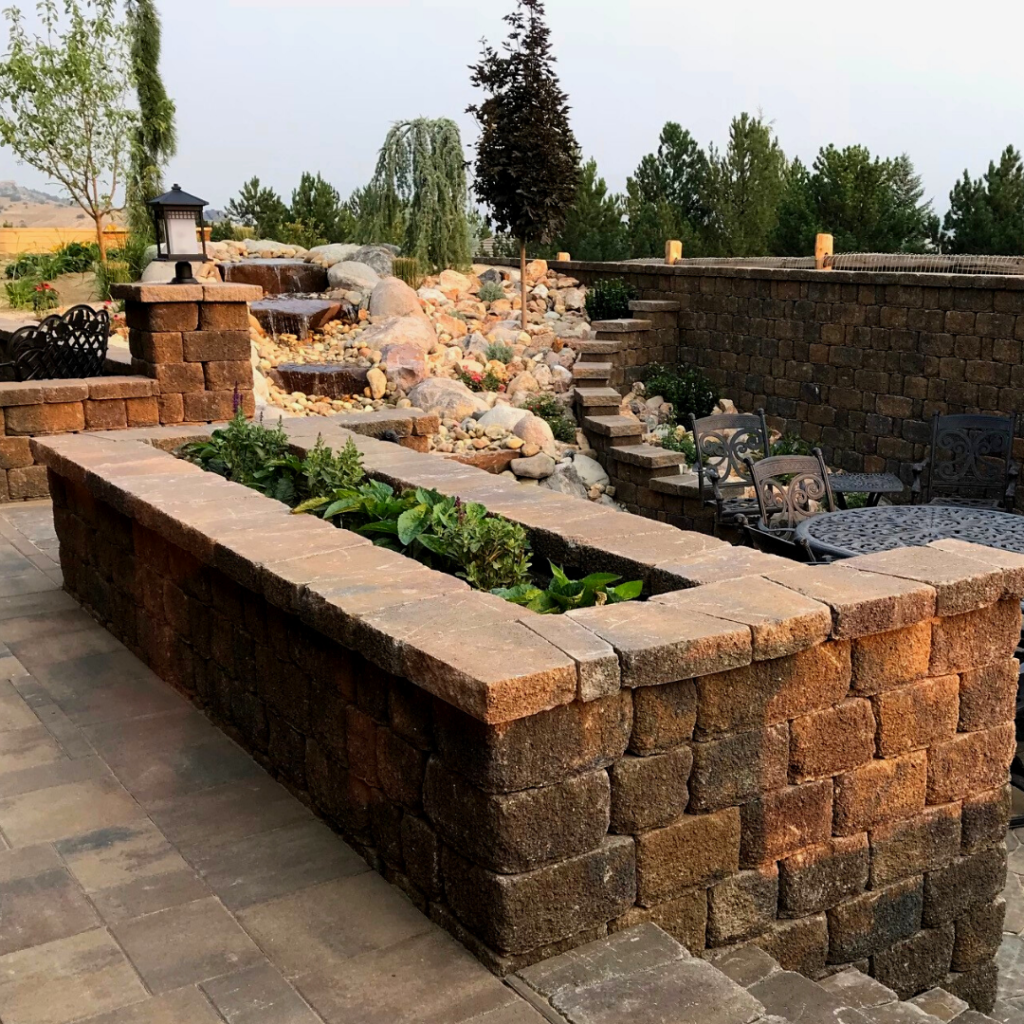
We suggest starting your medicinal garden with these 4 easy to grow plants.
Peppermint
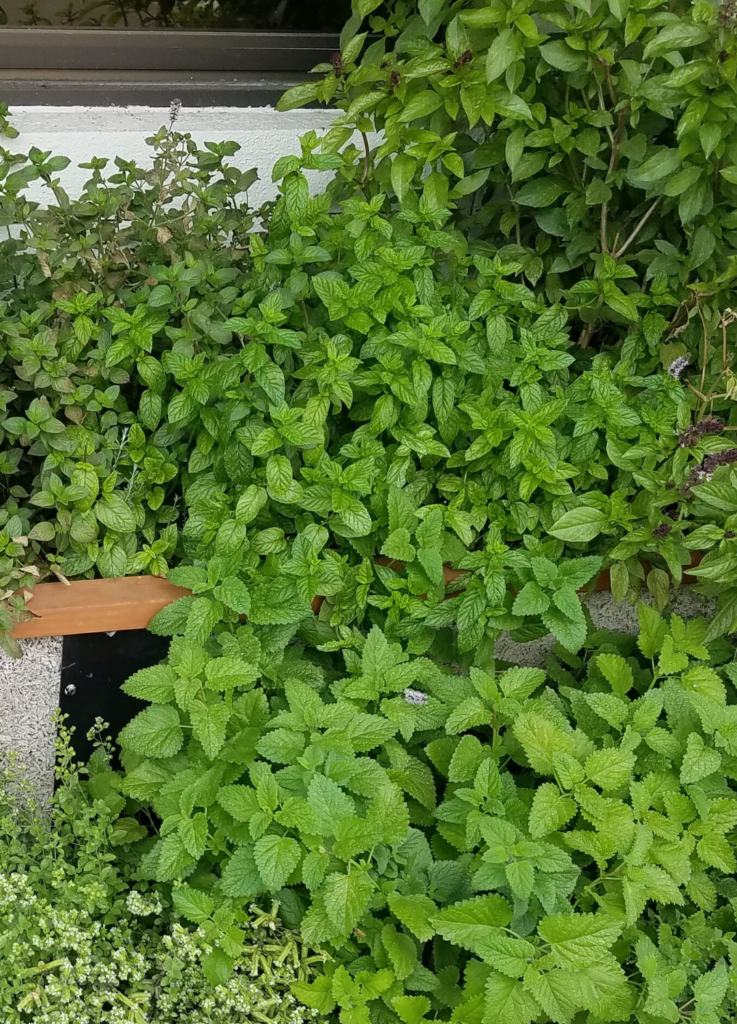
There are numerous mint varieties out there to choose from. We recommend peppermint (Mentha ×piperita), a hybrid of spearmint and water mint, for your medicinal garden.
Peppermint, with its spicy-sweet flavor, has been used as a medicinal herb since the 16th century. A tea made from peppermint leaf was used for insomnia, upset stomach, indigestion, nervous tension, colds, cramps, diarrhea and nausea. It has been found that peppermint essential oil can relieve muscle spasms and stop the growth of bacteria and viruses. It’s often used as an anti-viral or antibacterial in DIY household and skin care products.
To use peppermint, it is recommended to harvest the leaves when they mature. You can dry them out in a warm, dark place or in a dehydrator. Dried leaves can then be used to make tea. You can also use peppermint fresh as well.
Mint should be grown in pots to prevent spreading into unwanted areas. Growing peppermint is easy as it likes full sun and thrives on neglect.
Lemon Balm
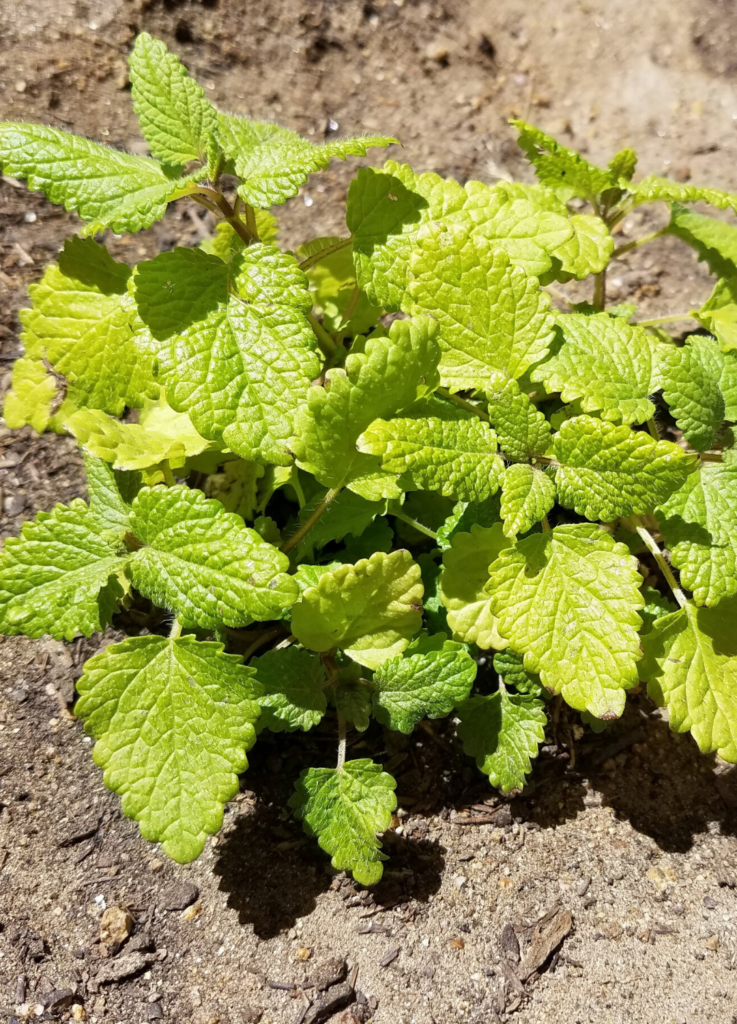
A member of the mint family, lemon balm (Melissa officinalis) has a slight lemony scent and has similar medicinal benefits to peppermint. It is been used to treat digestive issues, but also headaches, insomnia, muscle spasms and anxiety.
Lemon balm can tolerate a wide range of soil types, full to part shade and cool to hot weather, though may wilt a little in intense, dry heat. Be sure to set up automatic drip irrigation so that it does not dry out. Like mint, it should be planted in a pot to reduce its spread.
This medicinal herb can be used both fresh and dry, though it is best harvested just as the plant comes into bloom because the medicinal oils are at their highest levels at that point. The nicely scented aroma diminishes when dried out, so it is recommended to make tea with fresh lemon balm.
Yarrow
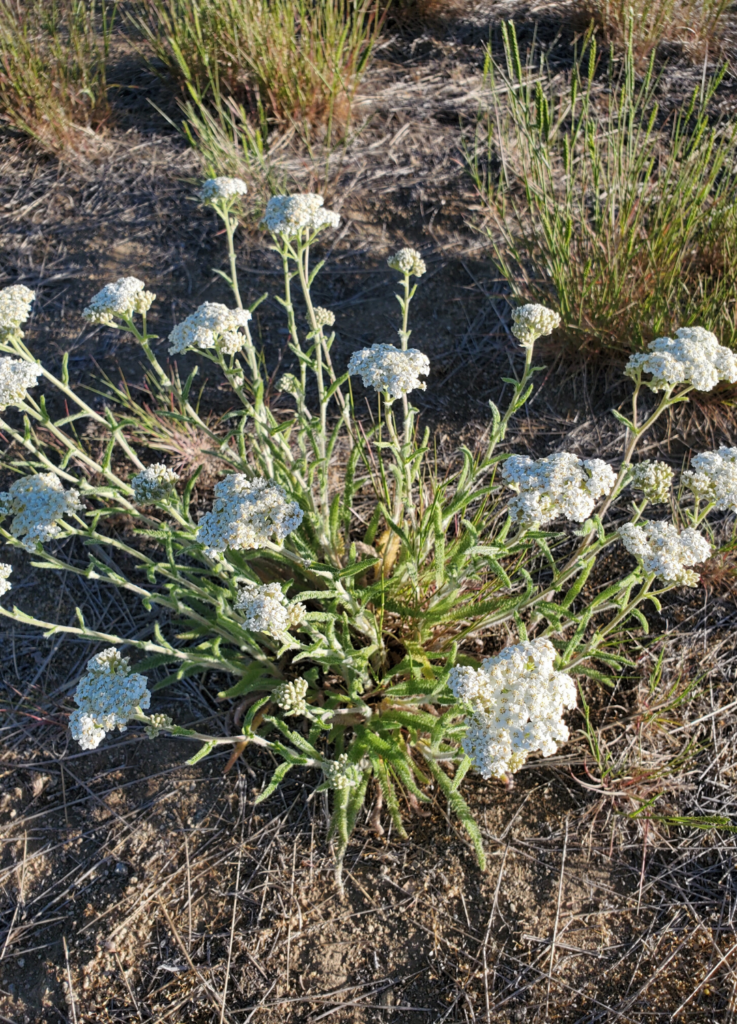
Native to Nevada, yarrow (Achillea millefolium) can handle our intense, dry heat and thrives in less than perfect conditions. Yarrow has virtually no pests and requires little to no care. It has soft grayish green foliage with white flowers and attracts pollinators to the garden.
Beyond its beautiful features and climate hardiness, yarrow has been used medicinally to stop blood flow on open wounds and to treat colds and fevers. Both the leaves and the flowers have these properties and can be used in salves, poultices or teas.
We suggest trying a small amount at first as some people experience negative reactions to yarrow.
Echinacea
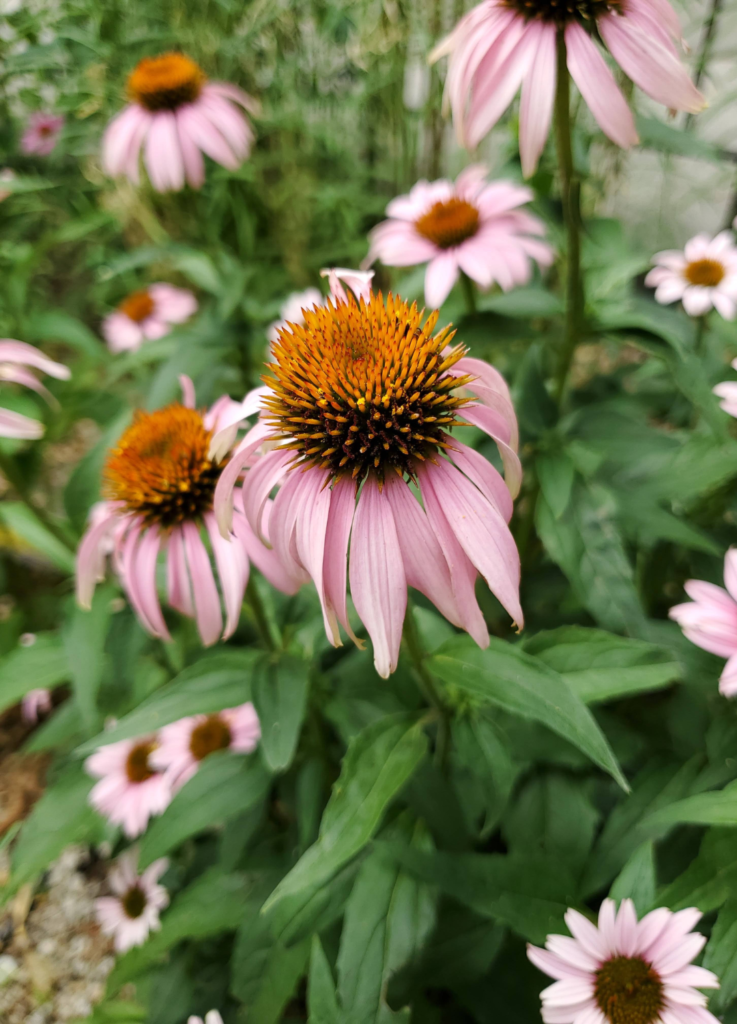
Echinacea (Echinacea purpurea), coneflower, has been commonly used to provide immune support to bacterial and viral infections and to soothe a sore throat. The roots are the most potent medicinal part of the plants, though the leaves and flowers are commonly used for teas. You can harvest the above ground parts on a two-year-old plants by clipping back the stem just above the lowest leaves. Let the leaves and flowers dry out before making a tea. Store in an airtight container in a dark place.
Echinacea is high drought resistant and can handle full sun to part shade. It reseeds easily and can also be divided by the roots for easy propagation.
For root harvest on a 2-3 year old plant, dig up the entire root ball with a shovel. You can either remove the entire plant and harvest all the roots, or just take root cuttings and replant the remaining plant.
Roots can be used to make a tincture to take when you feel a cold coming on. Learn how to make a tincture from Seed to Pantry School.
If you want to start your own apothecary or expand your herb garden, other medicinal plants and culinary herbs include lavender, calendula, dandelion, chamomile, oregano, St. John’s wort, and valerian, to name a few. Also, you can grow aloe indoors on your windowsill to soothe a sunburn!